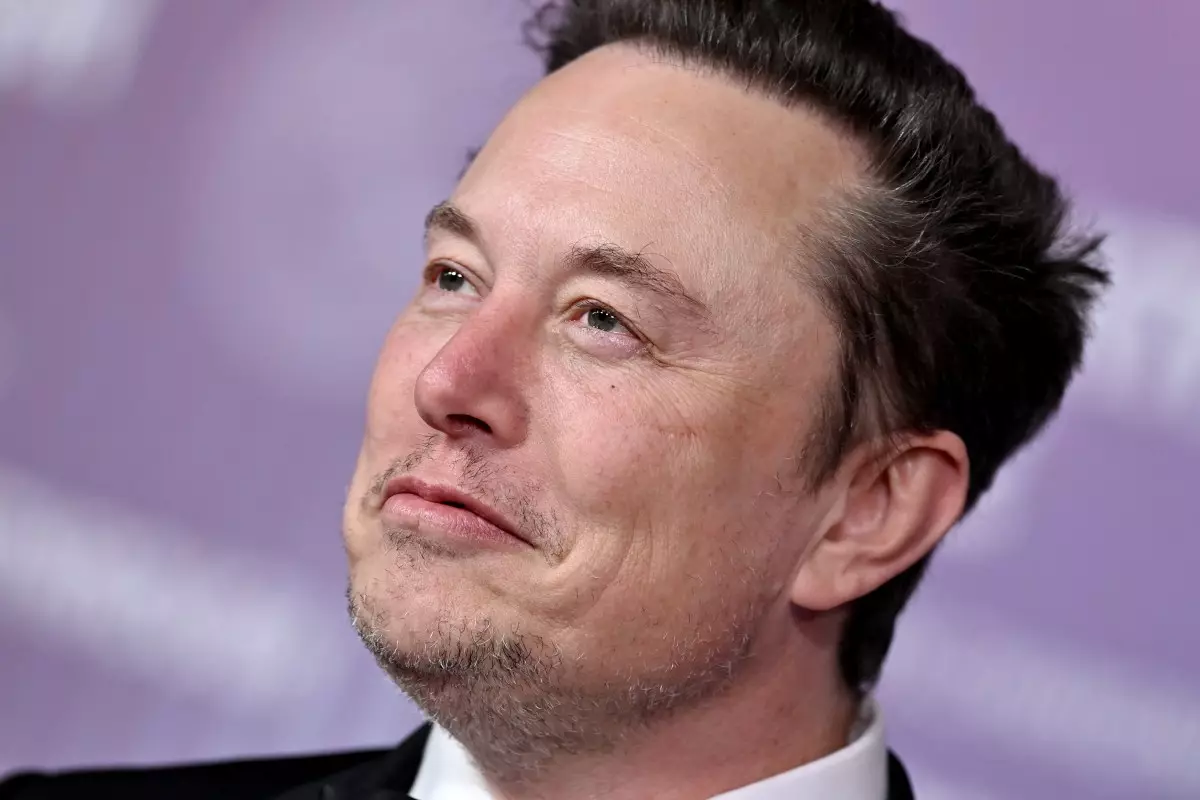In recent weeks, Brazil has been at the center of a significant dispute regarding the platform known as X, formerly Twitter. The Brazilian Supreme Court made headlines by ordering the platform’s ban, inciting chaos and debate over digital freedom and governmental control in the country. The hefty fines levied against X Corp. for each day of its online presence in Brazil sparked further controversy, raising questions about the methodologies used to enforce blocks on internet platforms in the digital age.
Elon Musk’s company has made various controversial attempts to bypass this blockade, which have only fueled speculations about his strategies in navigating complex regulatory landscapes. Musk’s reputation for bold moves in the tech world has made the ramifications of the ban even more intriguing, suggesting a potential clash between innovation and regulation.
Over the last week, news broke that X was back online in Brazil. This seemed to happen almost miraculously after weeks of absence, prompting discussions around the role of Cloudflare—a cloud services provider. Cloudflare’s CEO, Matthew Prince, commented on the occurrence, expressing that the re-emergence of X in Brazil was merely coincidental rather than a calculated response to circumvent legal barriers.
Prince explained that X had finalized a deal with Cloudflare to switch its cloud services from previous provider Fastly, a move that happened to coincide with the Brazilian ban. This alteration resulted in a change of the internet protocol (IP) addresses associated with X, which inadvertently disrupted the mechanisms Brazilian internet Service Providers (ISPs) used to enforce the ban.
Prince weighs in on the bizarre circumstances surrounding this transition by describing it as “wild coincidence.” His introspection hints at the unpredictable nature of technological shifts and how they can unintentionally influence geopolitical dynamics.
While Prince maintains that Cloudflare had no intention of helping X evade the Brazilian ban, skeptics might question the genuineness of such claims. Elon Musk’s audacious reputation precedes him; he has a history of attempting to maneuver around restrictions, such as deploying Starlink services to circumvent connectivity issues in Brazil.
On the surface, the concept that a simple switch in service providers could lead to the unintentional unlocking of a blocked platform seems implausible. However, Prince insists that the timing of this incident was purely coincidental, raising an important discussion about the fragility of regulatory frameworks in today’s interconnected world.
The Brazilian government’s strategy to block X also comes under scrutiny. As reported, their approach relied on blocking traffic to specific IP addresses. The transition from Fastly to Cloudflare disrupted this method, inadvertently allowing X’s return. This raises significant questions about the effectiveness of such blocking mechanisms and whether they can withstand the volatile changes in the digital space.
The incident poses profound implications for the future of platform governance and regulation in the digital age. As platforms like X evolve, together with their underlying technologies, lawmakers must consider the outdated methods of enforcing internet policies. The lag in adaptation to evolving technological solutions risks leaving regulatory structures impotent and ineffective.
The situation in Brazil is a clarion call for authorities worldwide to reevaluate their strategies in dealing with digital platforms. The power dynamics have shifted; regulatory bodies might find themselves at the mercy of tech companies equipped with the agility to pivot and adapt exponentially faster than legislation can keep up.
The resurrection of X in Brazil encapsulates the chaotic nature of internet governance and the unpredictable intersections between technology and regulation. Whether the return was indeed an accident or a harbored tactic remains a topic of debate. What stands clear is the urgency for coherent frameworks that can keep pace with the dynamic landscape of digital platforms and their global implications. As the interplay between law and technology continues to evolve, it will be intriguing to see how governments adapt to the realities of today’s orderless digital space, and whether they can reformulate their strategies to prevent being outflanked by entities like X and its formidable designer, Elon Musk.

